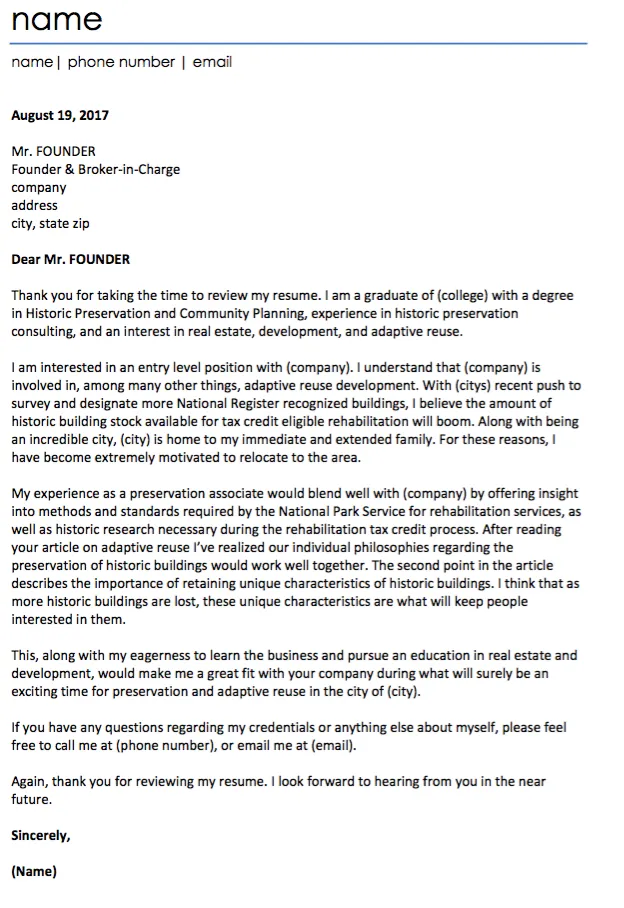Who to Address in a Cover Letter
Addressing a cover letter correctly is a crucial first step in making a positive impression on a potential employer. It demonstrates that you’ve taken the time to research the company and tailor your application. While it might seem like a small detail, addressing the letter to the right person shows attention to detail and a proactive approach, setting the stage for a compelling application. This guide will walk you through the best practices for addressing your cover letter, helping you increase your chances of landing an interview. Knowing who to address your cover letter to can significantly impact how your application is perceived, showcasing professionalism and genuine interest in the role. A well-addressed cover letter is more likely to capture the attention of the hiring manager and make them want to read further.
Research the Hiring Manager
The ideal scenario is to address your cover letter to the specific hiring manager or the person who will be reviewing applications. The best way to find this information is by researching the company and the specific job posting. Check the company website’s “About Us” or “Team” sections to see if you can identify the hiring manager’s name and title. LinkedIn is another excellent resource; search for the company and the job title to see if you can find the relevant contact. If you find the hiring manager’s name, use it. It personalizes your application and shows that you have taken the initiative to find out who will be reading your cover letter. Make sure you double-check the spelling and title, as it is the first indicator of the attention you give. This personalized approach can make your application stand out from the crowd.
Check the Job Posting
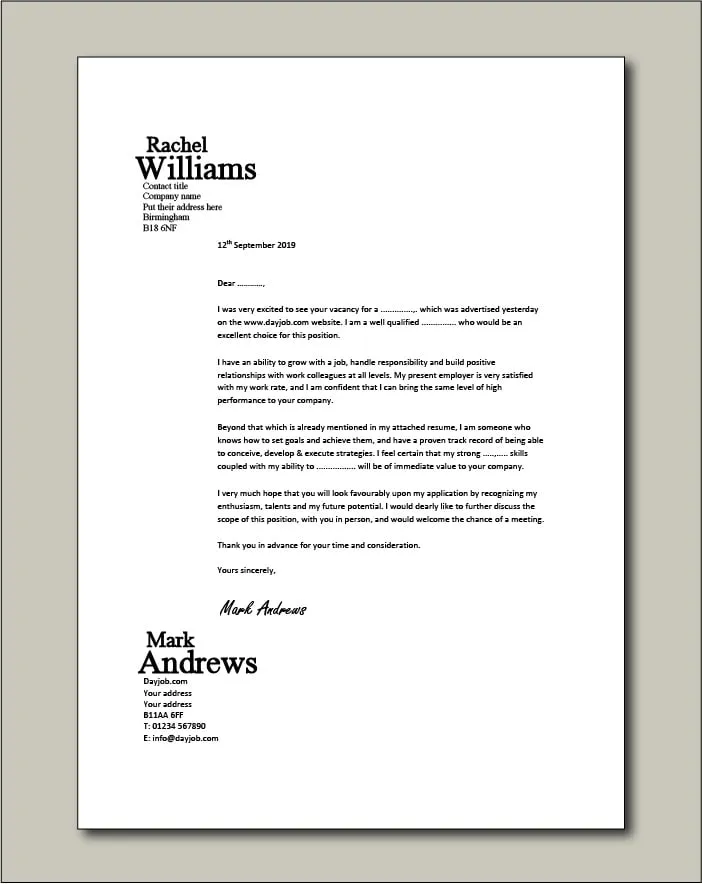
Often, the job posting itself will provide clues about who to address the cover letter to. The posting might explicitly state the hiring manager’s name or the department head responsible for reviewing applications. Carefully read the job description and any instructions provided. If the job posting specifies a contact person, use that information. The contact person might be in human resources, a recruiter, or the hiring manager. Ignoring the job posting’s instructions can be a significant misstep. Following the provided instructions is an easy way to demonstrate that you’ve followed instructions and are prepared to take direction – a key quality in any job. This is also an excellent way to ensure that your cover letter reaches the right person and gets the consideration it deserves.
Use a General Greeting
If you are unable to find a specific name, it’s perfectly acceptable to use a general greeting. Phrases like “Dear Hiring Manager,” “Dear [Company Name] Hiring Team,” or “To Whom It May Concern” are appropriate. These greetings maintain a professional tone while acknowledging that you don’t have a specific contact. While a personalized greeting is always preferable, a general greeting is much better than leaving the salutation blank or using an incorrect name. It acknowledges the recipient and shows your understanding of business etiquette. Make sure the tone matches the company’s culture; if the company has a more informal tone on its website, you might opt for “Hello Hiring Team” or a similar greeting.
When to Avoid a Name
There are a few situations where you might want to avoid using a name, even if you find one. If the name seems unreliable (e.g., a generic name listed on a website), it’s best to use a general greeting. Also, in large companies with high turnover, the hiring manager could have changed since the job posting went live. If you find an old job posting from months ago, double-check to see if that person still works for the company. If you can’t confirm the hiring manager’s name and details, it’s better to err on the side of caution and choose a general greeting. It avoids the risk of misusing the name and potentially damaging your application.
What to Include in the Address

Beyond the greeting, the address section of your cover letter is also important. This section provides the necessary details for the recipient, typically located at the top left of your cover letter. It sets the stage for your entire application and shows that you can create formal documents. Ensure that your formatting is correct, and the information you include is accurate. Take the time to make sure you get these details right and proofread everything before sending your application. This attention to detail will make you seem more professional and make your cover letter stand out.
Company Name and Address
Include the company’s full name and address in your cover letter. This is important for the physical mailing of the letter. If you’re sending the cover letter electronically, the address isn’t strictly necessary, but it adds a professional touch. The company’s address shows that you’re aware of their location and can provide context to your application. The company’s address helps demonstrate your attention to detail and adds a layer of professionalism to your application. Ensure the company’s name and address are accurate by cross-referencing them with the company’s official website or job posting.
Date and Subject Line
The date should be included below your address section, and it should be the current date when you’re sending the letter. Consider including a subject line to tell what the cover letter is for. The subject line should clearly state the job you are applying for, e.g., “Application for Marketing Manager Position”. This helps the hiring manager quickly identify the purpose of your letter. A subject line can also help the hiring manager easily file and organize your application, especially when dealing with a high volume of applicants. Ensuring that your date is correct and your subject line is clear will help make your application professional.
Body of the Cover Letter
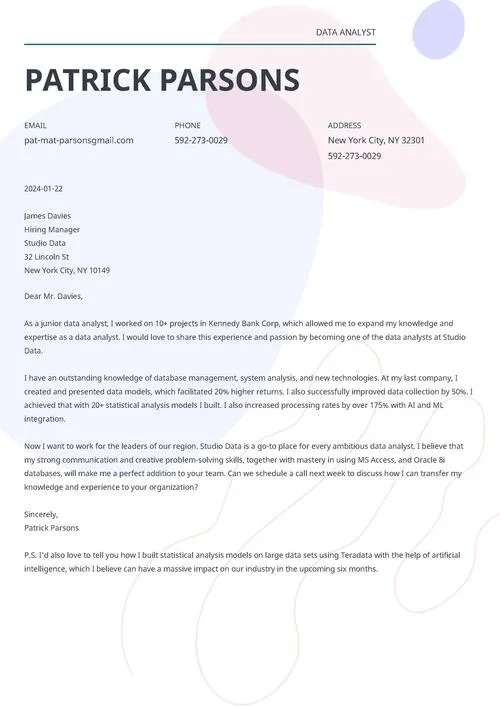
The body of your cover letter is where you make your case for why you’re the best candidate for the job. It should be well-written, concise, and tailored to the specific role. The body should include an introduction, highlighting your skills, expressing your enthusiasm for the role and company, and a call to action. Use the body to sell yourself, highlighting your experiences and showing why you want to be a part of the company. The tone should be professional and enthusiastic, and should get the hiring manager interested in your application. Remember, the goal of your cover letter is to secure an interview.
First Paragraph Introduction
Start your cover letter with a strong introductory paragraph. Mention the specific position you’re applying for and where you found the job posting. Briefly state why you’re interested in the role and the company. This paragraph sets the tone for your letter and grabs the reader’s attention. It provides the essential context the hiring manager needs to understand your application and it establishes why you are applying for the role. This is an important step in making sure your cover letter goes from the pile into consideration.
Highlighting Your Skills
The body of your cover letter is where you can showcase your skills and experience. Focus on the skills and qualifications that align with the job requirements. Provide examples from your previous experiences that demonstrate your abilities. Use action verbs and quantify your achievements whenever possible. Refer to the keywords used in the job description and incorporate them into your descriptions. This makes it easy for the hiring manager to see that you meet the job requirements. It shows that you have taken the time to understand what the company is looking for in a candidate. Tailor your descriptions to match the role and highlight how your experience fits their needs.
Expressing Enthusiasm
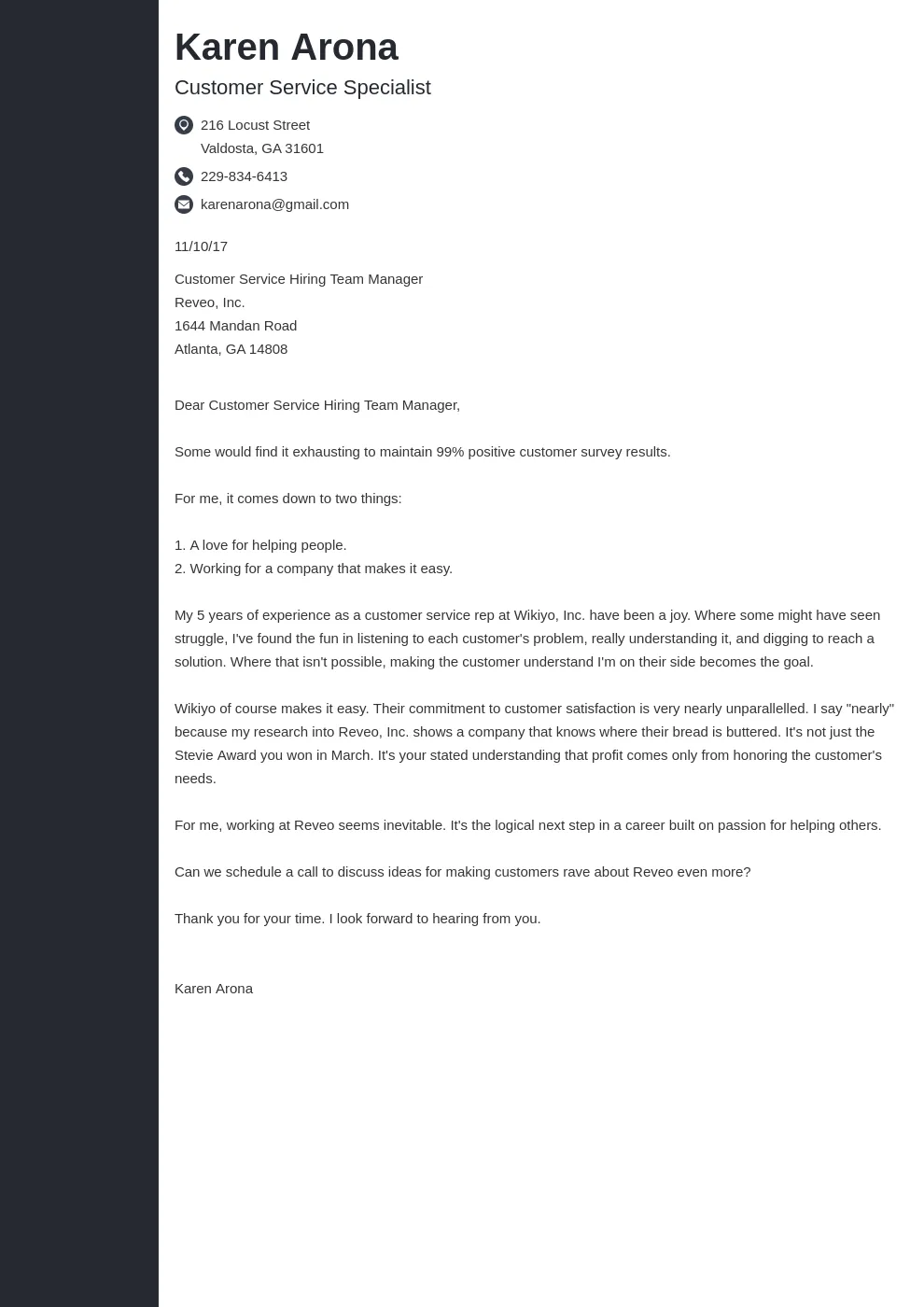
Express your enthusiasm for the company and the specific role. Explain why you are excited about the opportunity. Mention something specific that attracts you to the company’s mission, values, or products. It shows that you have done your research and are genuinely interested in the position. Demonstrate that you see yourself as a good fit for the company culture. Enthusiasm makes your cover letter more personal and memorable. It shows you are interested in more than just a paycheck. Companies look for people passionate about their work. This is a great way to show why you want to work there.
Closing Paragraph and Call to Action
In your closing paragraph, reiterate your interest in the position and thank the hiring manager for their time and consideration. Include a call to action, such as expressing your availability for an interview. Make it clear that you’re eager to discuss your qualifications further. Restate your contact information, and include your phone number and email address. This ensures the hiring manager can easily reach you. This is also the place to give a final impression that is memorable. Ensure your closing is professional and friendly. Always make the final impression a good one.
Formatting and Proofreading
The appearance of your cover letter is just as important as its content. Proper formatting and proofreading are crucial to ensure your cover letter is professional and easy to read. A well-formatted letter shows your attention to detail, and makes it easy for the hiring manager to see your skills and experience. It will also make you stand out from other applicants, and leave a great impression. These steps show that you’re professional and take pride in your work.
Font and Font Size
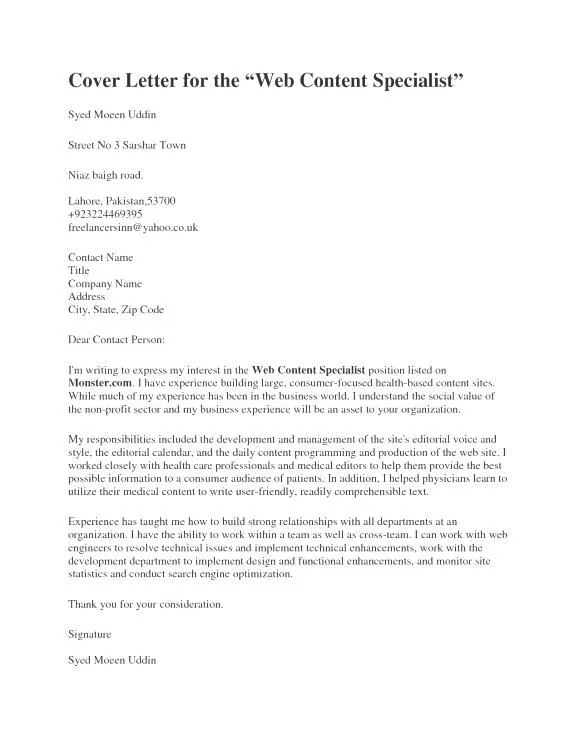
Choose a professional font, like Times New Roman, Arial, or Calibri. Keep the font size between 10 and 12 points. Ensure that your font is easy to read and appropriate for a business document. Make sure the font isn’t distracting and doesn’t take away from your content. Your font choice should be professional and easy on the eyes. Choose something classic and clean, and be sure to keep it consistent. A clear font and size make your cover letter easier to read and more visually appealing.
Proofreading and Editing
Before sending your cover letter, proofread it carefully for any grammatical errors, typos, or inconsistencies. Use a grammar checker and spell checker, but also read the letter aloud to catch any awkward phrasing. Have a friend or colleague review your cover letter for any mistakes you might have missed. A polished cover letter shows attention to detail and professionalism. Proofreading is critical; it shows the hiring manager that you care about your application and are willing to put in the effort to make it perfect. Errors can be interpreted as carelessness and it could impact your chances of being hired.
